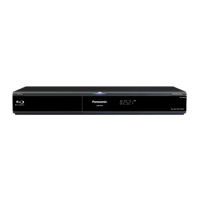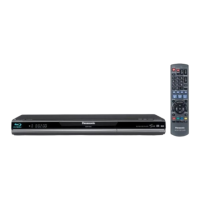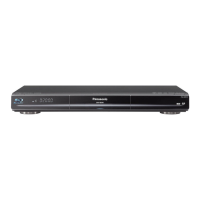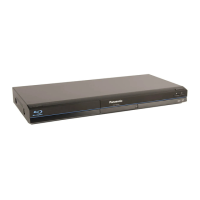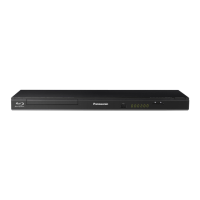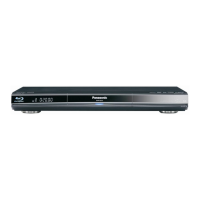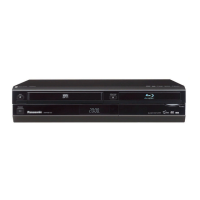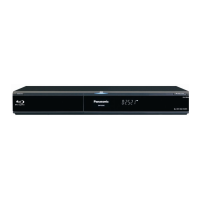
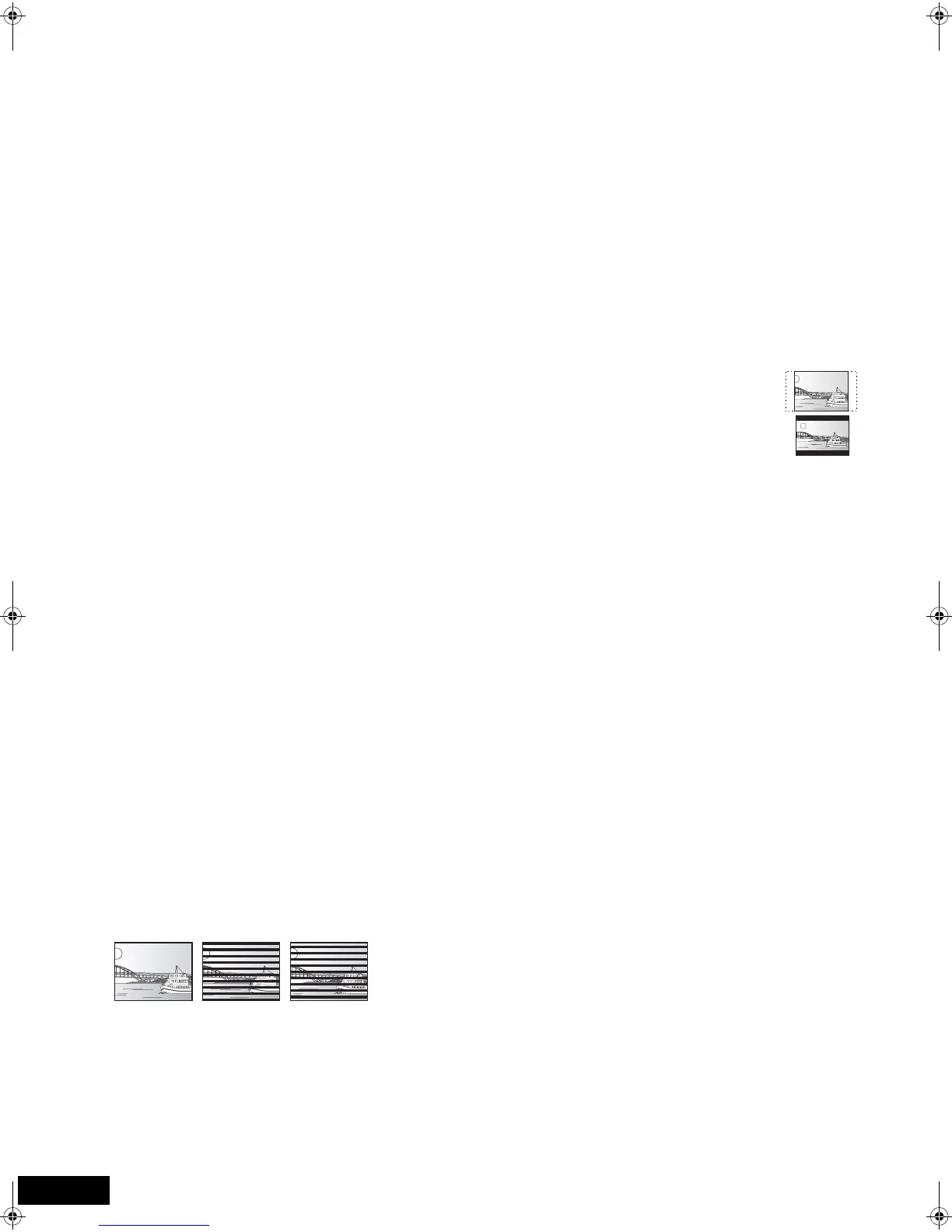 Loading...
Loading...
Do you have a question about the Panasonic DMP-BD30 and is the answer not in the manual?
| Brand | Panasonic |
|---|---|
| Model | DMP-BD30 |
| Category | Blu-ray Player |
| Language | English |
Introduction and thanks for purchase, with initial safety guidance.
Details on disc region codes required for playback compatibility.
Specific safety instructions for the UK/Ireland AC mains lead and fuse.
Covers placement, voltage, protection, foreign matter hazards, and service.
Information on retail discs and their associated logos.
Details on various types of recordable disc formats supported.
Information on SD/SDHC card compatibility and basic usage.
How to use the remote control and battery replacement information.
Guidance on choosing appropriate connection types based on equipment.
Basic TV connection via AV or HDMI for video and audio.
Connecting for surround sound audio via HDMI to an AV receiver.
Alternative analog video output connections.
Connecting to an amplifier for multi-channel surround sound.
Using Optical or Coaxial digital audio outputs.
Physical buttons, slots, and status lights on the player unit.
Detailed explanation of all remote control buttons and their functions.
Wizard for initial configuration of language, TV aspect, etc.
Pairing the remote control with external TV and receiver devices.
How to insert discs and initiate playback.
Selecting desired files when discs contain various formats.
Using Stop, Pause, Skip, Search, and Frame-by-frame controls.
Adjusting screen aspect ratio and image zoom during playback.
Displaying playback status and current position information.
Using disc-specific pop-up menus and interactive content.
Playing picture-in-picture video and secondary audio tracks.
Using SD cards to store and play disc data for enhanced features.
Navigating between chapters on a disc.
How to play and view JPEG images from discs or SD cards.
Procedure for inserting and removing SD cards.
Automated display of still pictures with optional music.
Rotating images and zooming in/out for better viewing.
Accessing metadata such as shooting date for still pictures.
How to play DivX video files from discs.
Registering for and playing DivX Video-on-Demand content.
Enabling and displaying subtitle text for DivX videos.
How to play audio CDs and MP3 files.
Accessing unit functions via the FUNCTIONS menu.
Playing music even after the TV is turned off.
Technical specifications for MP3, JPEG, and DivX files.
Requirements for DivX subtitle files.
Recommended folder structure for organizing media files.
Explanation of linked device functionality via HDMI.
Features like automatic input switching and power on/off linking.
Controlling the player using the TV's remote control.
How to access and use the player's on-screen menu system.
Adjusting video, audio, subtitle, and language settings.
Setting playback repetition and random modes.
Selecting and adjusting picture quality modes.
Configuring progressive video output and applying sound enhancements.
How to access and navigate the unit's setup menu.
Configuration of general settings and disc playback preferences.
Adjusting volume for different listening environments.
Configuring Bitstream, PCM, and audio priority settings.
Settings for secondary audio tracks and MPEG audio formats.
Configuring on-screen messages, language, and screen saver.
Setting TV aspect ratio and HDMI output parameters.
Configuring speaker output and TV system compatibility.
Setting up speaker placement and room dimensions for optimal sound.
Adjusting speaker size and delay time for sound synchronization.
Adjusting channel balance and using the test signal for calibration.
Answers to common questions regarding setup and connections.
Answers to common questions about playing various types of discs.
Answers to common questions about SD card functionality.
Procedures for resetting the unit and restoring factory defaults.
Resolving issues related to power, standby mode, and basic operation.
Resolving problems with playback initiation and display.
Troubleshooting no picture, distorted picture, or incorrect aspect ratio.
Resolving issues such as no sound, low volume, or distorted audio.
Specific troubleshooting steps for HDMI connection problems.
Further troubleshooting for HDMI connections and audio output.
Resolving problems related to SD card capacity and playback.
Troubleshooting problems with pairing the remote control.
Understanding error codes and messages displayed on the unit or TV.
Best practices for handling and caring for discs and SD cards.
Instructions for cleaning the player unit and its components.
Specifications for supported disc and media formats.
Details on video and audio output terminals and formats.
Information on laser specifications and power requirements.
Explanations of video and audio formats like AVCHD, DivX, Dolby, DTS.
Definitions for playback features like FSP, Progressive, and Pan&Scan.
Information regarding the environmentally sound disposal of electronic equipment.
Legal notices, trademarks, and licensing information.
Specific warnings about potential laser radiation exposure.
General safety measures concerning fire, shock, and ventilation.
Safety warnings and precautions provided in Finnish.
Safety warnings and precautions provided in Norwegian.

